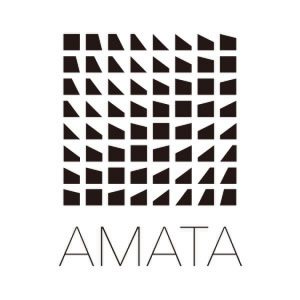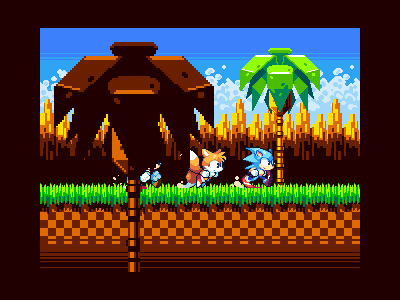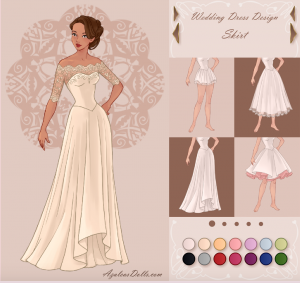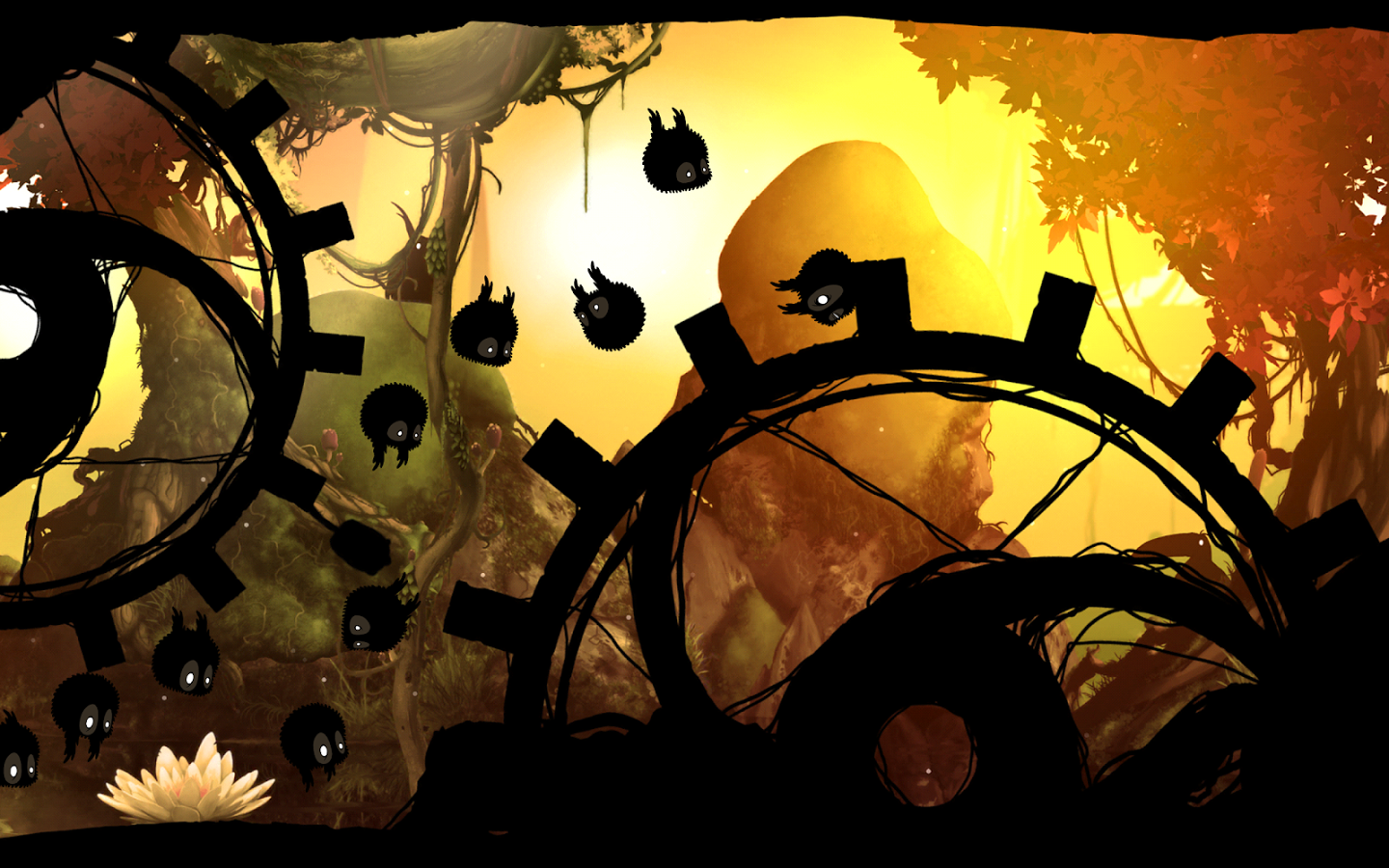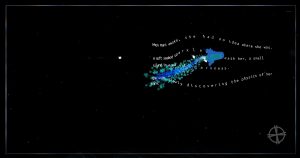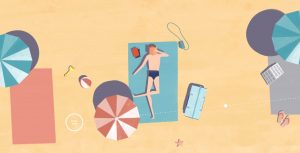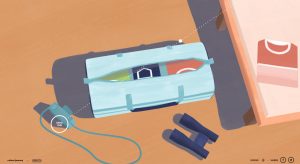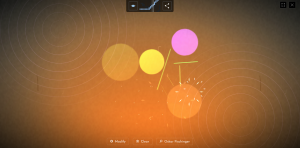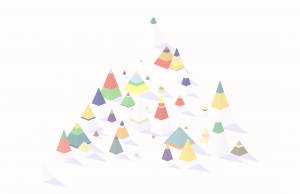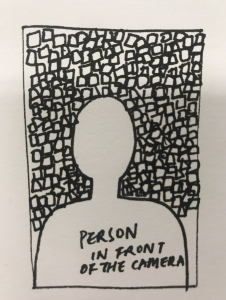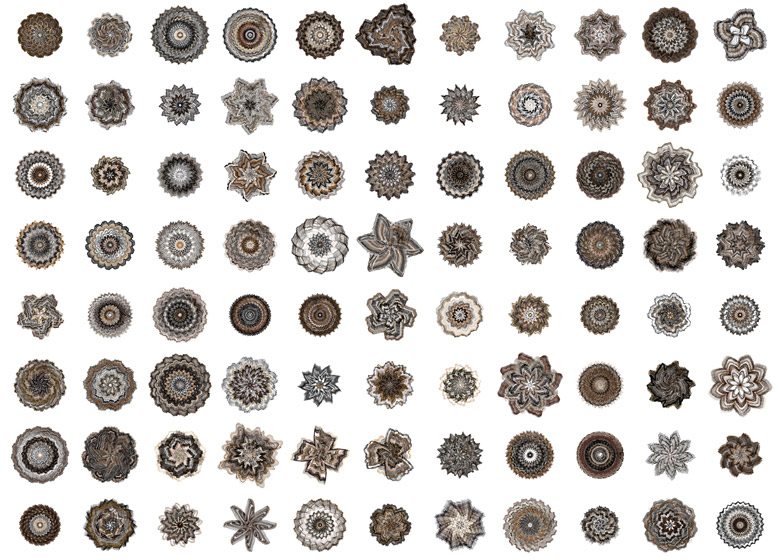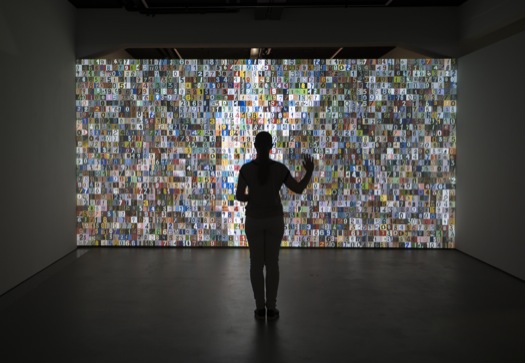Camille Utterback’s Glimpseand Theo Watson and Emily Gobeille’s work Living Libraryare two projects that interested me.
Utterback created Glimpsefor a collector’s foyer. It is an interactive multi-monitor piece that turns the entryway of the foyer into a dynamic experience for people who pass through. The visual shapes evolve according
to the people’s movement. The shapes that are created remain in the background, and the work continues to evolve as others come and go. What I admire most about this project is how it invites everyone to create one artwork, allowing people to somehow connect to each other. Another interesting thing about this work is how it turns the space into an interesting experience for people, adding some sparks into their daily lives as they pass through the foyer.
Above shows a video of Watson and Gobeille’s work Living Library, Source: https://vimeo.com/203193098
Like Glimpse, Watson and Gobeille’s work Living Library is also an interactive work. It works with the Connected World exhibition. The work utilizes two cameras and a laser light source projector. The cameras track the visitor’s hand’s positions, allowing them to trigger animations through motions. How the creators turn a book reading experience into a more interactive one fascinates me as now things that are limited by prints, such as sound and colors, are brought into life through animations.
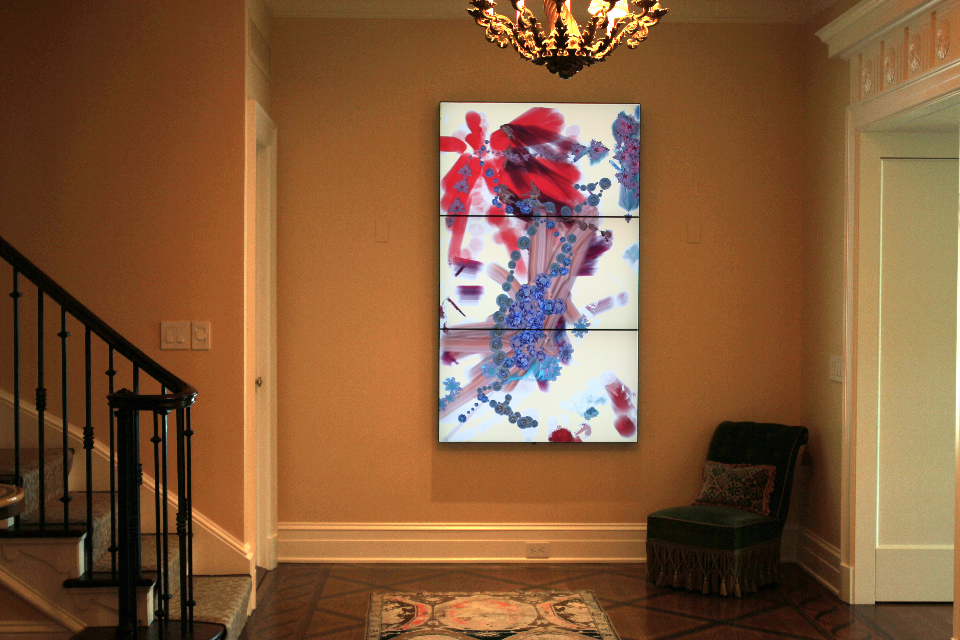
Both Glimpse and Living Libraryuses motions to control the created visuals. This is what I would like to explore in my project. Even though it would be quite hard for me to create something that senses the user’s motions as smoothly as they do in these projects, perhaps I could utilize the mouse’s motion instead.
![[OLD FALL 2018] 15-104 • Introduction to Computing for Creative Practice](../../../../wp-content/uploads/2020/08/stop-banner.png)
/cdn.vox-cdn.com/uploads/chorus_image/image/45689092/isaac_rebirth.0.0.jpg)

